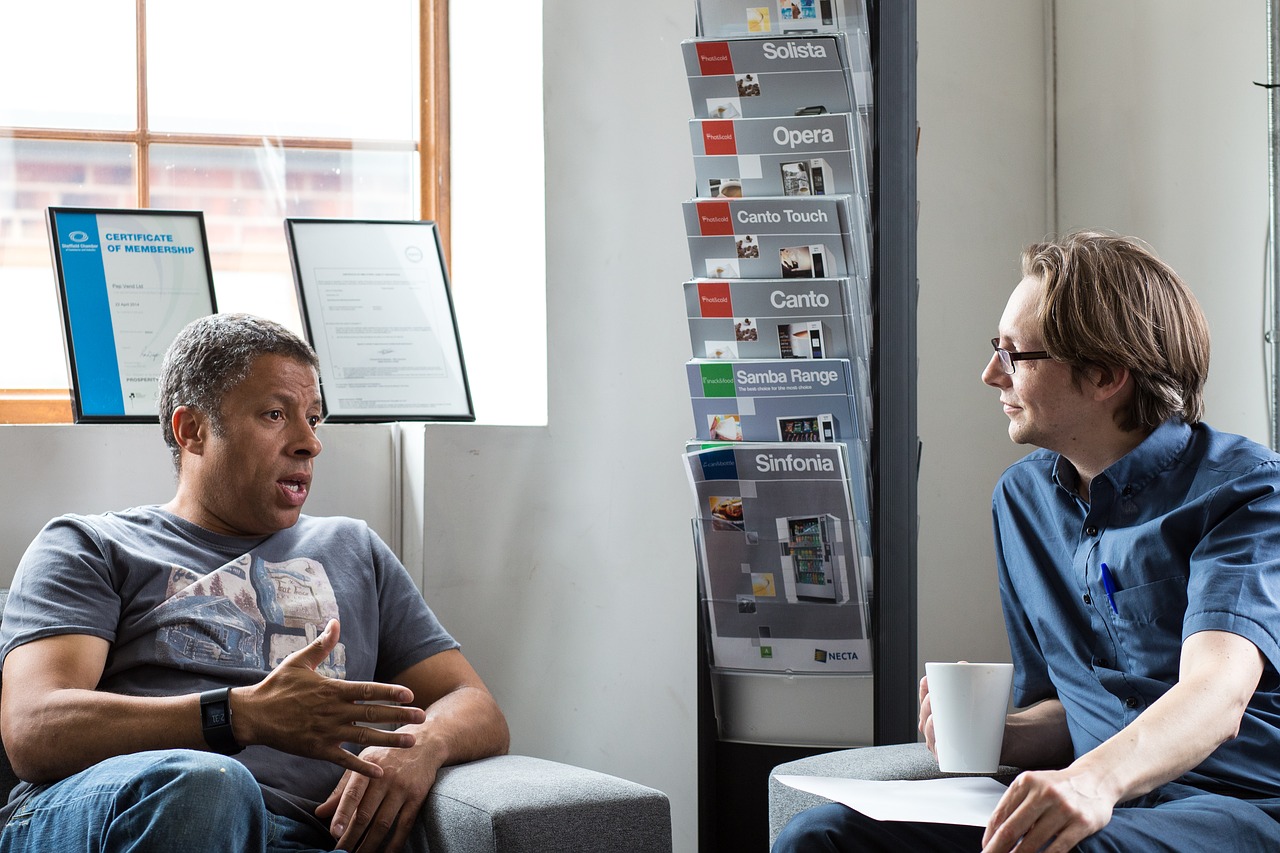What are you: Jackal or Giraffe?
Rosenberg used two animals as a symbol to explain the NVC, which even came to stage with two puppets in his lectures: The Jackal and the Giraffe. According to him, each one of us could adopt an attitude in our relationships.
‘Jackal’ people are the most predominant in society and are defined by behaviors such as dominance, demand, competition, good or bad and punishment or reward. They use the language of criticism, sarcasm and accusation. They are real obstacles to a healthy communication. On the other hand, giraffe people try to be objective as much as possible and take into account their own feelings and needs as well as those of others. They are those who practice compassionate communication. So if we talk ‘giraffe’ we will facilitate the emotional connection with others and achieve a much more effective communication.
Benefits of Nonviolent Communication
According to the Institute of Nonviolent Communication through it, we can:
- Create personal relationships based on compassion, respect and cooperation.
- Learn to resolve conflicts
- Heal past experiences
- Knowing how to say no and accept the refusal of others
- Face feelings of guilt, fear or shame
- Develop listening and comprehension skills
- End forms of thought that lead to arguments, anger or depression
- Identify your own needs and those of others
In this way, if we include the CNV in our day-to-day work, we will create quality connections with others in which both their wishes and needs are taken into account as well as ours in order to contribute to well-being.

How do you implement NVC?
Nonviolent Communication can be applied in all areas, whether family or work, as well as in our intimate relationships and in contexts such as diplomatic and commercial negotiations or psychological counseling. Everything has a place from this new way of communicating. Now to start putting it into practice in our relationships, we will start with:
Connect with oneself In order to create healthy and quality connections with others. First of all we must connect with ourselves, with our feelings and needs from self-empathy. This is from a deep and compassionate perception from one’s inner experience. When we are able to not judge and treat each other with admiration and respect, we will be ready to put it into practice with others.
Connect with others. After this first step, we will move on to the next: empathizing with the people around us. At this point we will try to detect the needs and feelings of others to encourage their understanding and avoid aggressive communication. The key is to make the other visible in our conversations and be aware of his/her perspective.
Exchange information from respect and compassion. The last step is to move from the self and the you, to us in a free exchange of information in a harmonious and balanced way between ourselves and others from honesty.
Nonviolent Communication is to be able to communicate from a place of calm. It is to make us visible to not only take ourselves into account but others as well. NVC is the base of a health relationship.
You can read the first part here which also includes a video interview with Katie Testa and Luis Fernando Mises on NVC.
Let me know in the comments below if you use NVC and your experiences!





